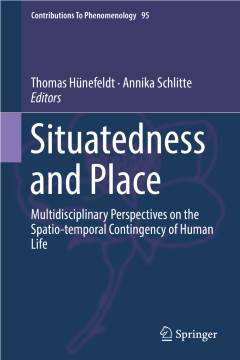Repository | Book | Chapter

(2018) Situatedness and place, Dordrecht, Springer.
Merleau-ponty, lived body, and place
toward a phenomenology of human situatedness
David Seamon
pp. 41-66
In this chapter, I draw on French phenomenologist Maurice Merleau-Ponty's understanding of perception and corporeal sensibility to consider the significance of human situatedness as expressed via place and place experience. To illustrate how Merleau-Ponty's conceptual understanding might be applied to real-world place experiences, I draw on two sources of experiential evidence, the first of which is a passage from Colombian writer Gabriel García Márquez's magical-realist novel, One Hundred Years of Solitude (1967/1970). The second source is a set of first-person observations describing events and situations that I happened to take note of during weekday walks between my home and university office over the course of several months. My aim is to use these two narrative accounts as a means to illustrate, via vignettes of everyday human experience, Merleau-Ponty's central concepts of perception, body-subject, and lived embodiment. I contend that these accounts substantiate Merleau-Ponty's phenomenological claims and point to additional significant elements of human situatedness and place experience.
Publication details
DOI: 10.1007/978-3-319-92937-8_4
Full citation:
Seamon, D. (2018)., Merleau-ponty, lived body, and place: toward a phenomenology of human situatedness, in A. Schlitte & T. Hünefeldt (eds.), Situatedness and place, Dordrecht, Springer, pp. 41-66.
This document is unfortunately not available for download at the moment.



